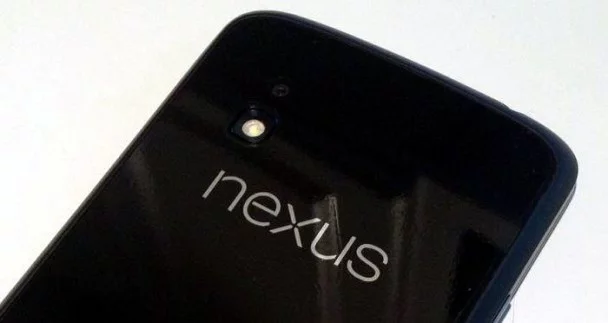The Nexus 4’s glass back cover puts form before function, and isn’t what I expect from Google
When I first got my Nexus 4, I was at best mildly annoyed by the glass back (which can’t really be called a battery cover since you can’t remove it to access the battery). Yes, it was a different design decision, but many devices were already getting rid of removable batteries and microSD card slots, so what was wrong with putting in a piece of glass as the back panel instead of cheap feeling plastic? Well, as it turns out there is at least one problem with the decision: The only benefits are cosmetic, while the drawbacks are functional.
While fairly trivial, drawbacks to the glass back cover are clearly evident. Primarily, it is a durability issue. I wasn’t too concerned with my ability to keep my gadgets from breaking, but then my Nexus 7 broke without any unexpected circumstances. I’m fairly careful with all of my technology, and it wouldn’t be a functional problem if the back cover of the Nexus 4 breaks, but I still don’t want to have a broken device.
I also hate scratches on my devices, whether on the front or back glass surface. As a result, when I noticed how fragile the back glass on the Nexus 4 really was, I began to be hesitant about setting down my phone on any surface, lest the back cover be marred. Of course, it is ridiculous to be worried about putting down a device, but the Nexus 4’s glass back still gives me pause whenever I set down the smartphone.
The second issue is less the result of the glass back cover, and more a market trend, but the glass casing certainly doesn’t make it easier for a device to have a removable battery or microSD card slot. While glass may look nice, I’d much rather have a solid plastic battery cover that allows for battery replacement and expanded storage. On a high end device I’d prefer it not to be as obvious as on the Nokia Lumia 810, but trading a unibody casing for a removable battery and SD card slot would almost always be a good decision.
These complaints may all be fairly minor, but what bothers me is that the durability and features were given up for cosmetic reasons. Back in the earlier days of Android, it was heavily criticized for being less intuitive and generally uglier than iOS. My defense for that was always that Google was putting function before form, and that features were more important than cosmetic polish at the time.
Now, however, some of Google’s design decisions with the Nexus 4 and even the rest of the Android OS have me wondering if they haven’t changed their minds slightly. In trying to make Android more appealing to the masses, they seem to be trending away from their original fan base – the geeks who don’t care so much about appearance as long as everything functions correctly.
In short, there’s a good reason even the design focused Apple didn’t continue the rear glass trend with the iPhone 5, and Google or LG should have learned from their experience.



